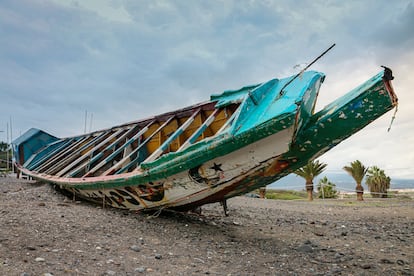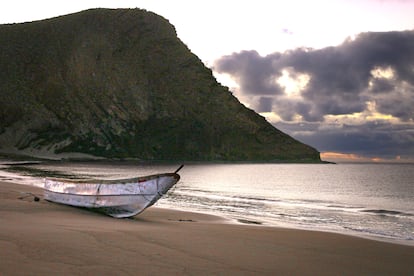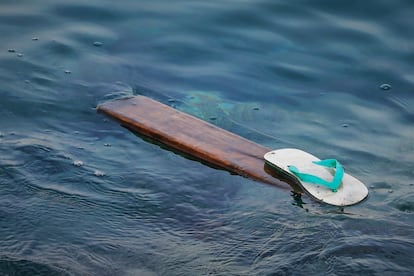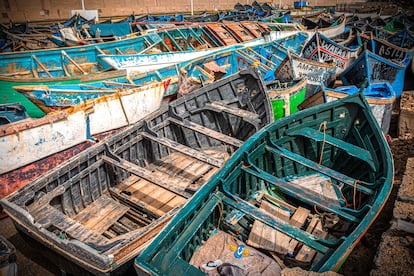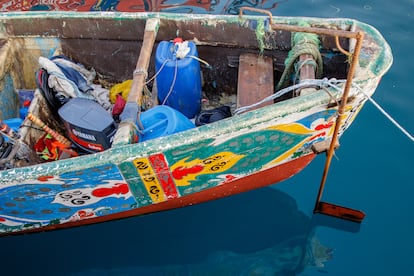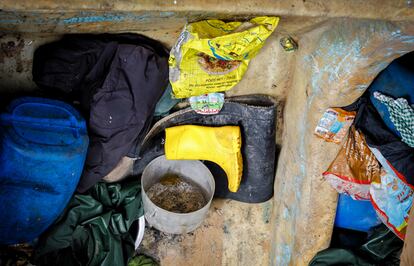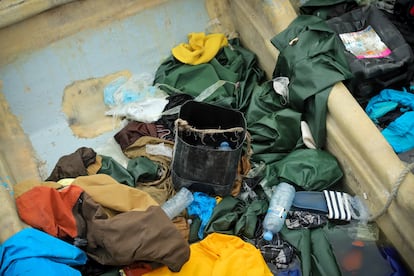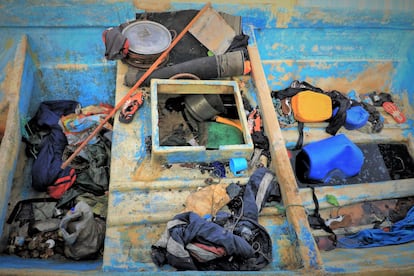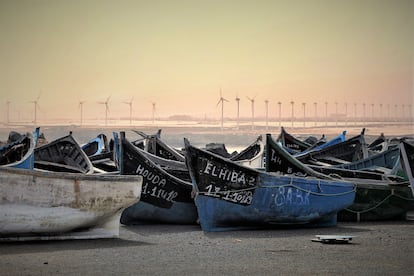
A journey told through the silent remains of migrant boats
Thousands of people arrive in Spain’s Canary Islands every year, and several hundred perish along the way. From January to August, according to official figures, over 11,000 migrants arrived in the archipelago. The flimsy boats they use, which often end up abandoned on the beaches, are testimony to the precariousness with which they face the sea. The author of these images has been carrying out this work since 2020 in different parts of the islands
María Tomás-Rodríguez
